We are very pleased to announce that this year’s Waddington medal winner is Professor Marysia Placzek, Professor of Developmental Neurobiology at the School of Biosciences, University of Sheffield. Marysia’s research career has led to several key contributions to our understanding of the mechanisms directing patterning of the vertebrate nervous system.
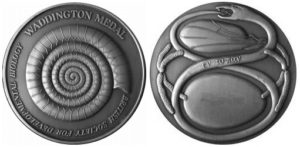 The Waddington Medal is the only national award in Developmental Biology. It honours outstanding research performance as well as services to the subject community. This year’s medal was awarded at the European Developmental Biology Congress, hosted by the BSDB at Oxford, where the recipient presented the Waddington Medal Lecture.
The Waddington Medal is the only national award in Developmental Biology. It honours outstanding research performance as well as services to the subject community. This year’s medal was awarded at the European Developmental Biology Congress, hosted by the BSDB at Oxford, where the recipient presented the Waddington Medal Lecture.
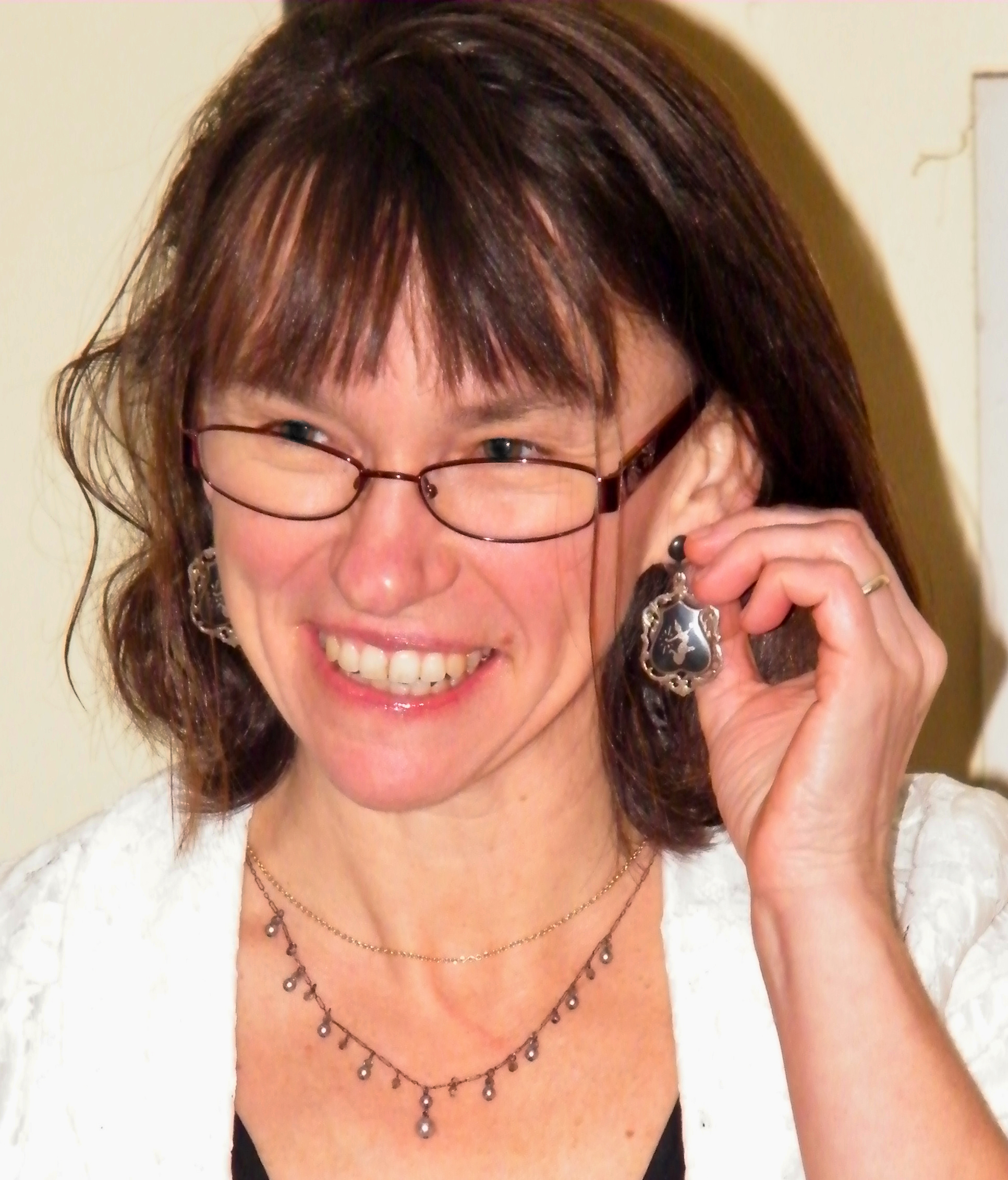
Marysia Placzek is an outstanding and internationally leading Developmental Biologist who has made significant contributions to our understanding of how signalling directs patterning of the vertebrate nervous system, and to leadership and pedagogy of the field. Marysia uncovered how tissue interactions and combinations of signals regulate the organisation of cell fate and assembly of neural circuits in the spinal cord and hypothalamus. Her papers are masterworks in precise observation and elegant experimental design, and many have become foundational. As deputy and then acting Director of the MRC Centre for Developmental and Biomedical Genetics (2007-2013), Marysia has been instrumental in building Developmental Biology research at the University of Sheffield. She subsequently established the Bateson Centre, a cross-faculty inter-disciplinary research centre, to provide a focus for translational approaches to development and disease research at the University. In addition to leading research initiatives, Marysia is a passionate Developmental Biology teacher: running modules in Developmental Biology, Developmental Neurobiology, and Stem & Regenerative Biology. She is now bringing this, more than 20 years teaching experience, to a new role as co-editor, along with Cheryll Tickle, of Lewis Wolpert’s core textbook “Principles of Development”.
Following PhD research on proviral integration sites in mouse mammary carcinomas with Gordon Peters at the ICRF (1987-1992), Marysia moved to New York as a post-doc with Jane Dodd at Columbia University. During this time, she made two fundamental, textbook changing, contributions to our understanding of neural development. With Marc Tessier-Lavigne, she demonstrated that spinal cord floor-plate cells secrete a diffusible factor that influences the pattern and orientation of commissural axon growth (Nature 1988); this discovery presaged characterisation of the Netrin family of axon guidance molecules. She then went on to define the crucial role of the notochord/floor plate in patterning the central nervous system along its dorso-ventral axis (Science, 1990). The discovery of this fundamental tissue interaction underpinned the subsequent identification of Sonic hedgehog as the mediator of this activity, a breakthrough to which Marysia also contributed. As an independent investigator, Marysia has focussed on the role of the most anterior axial mesoderm, the prechordal plate, which emerges from the primitive streak just prior to the notochord. Marysia and her team have uncovered the mechanisms by which the prechordal plate orchestrates development of the hypothalamus (Cell 1997) and described the development of hypothalamic progenitors. A key discovery is the existence of a modified floor plate-like cell that displays stem cell-like characteristics and that gives rise to discrete hypothalamic progenitor cell populations, involving a mechanism that links cell specification and anisotropic growth (Developmental Cell 2006; Development 2017). By combining fate-mapping studies, classic embryological manipulations and cutting-edge molecular approaches, Marysia’s work is uncovering the developmental origins of these earliest hypothalamic stem/progenitor cells, and the signals that induce and constrain them (Development 2017; Cell Reports 2022). Together, her studies provide a roadmap for hypothalamic development, from its induction, to regionalisation, to neurogenesis, and challenge the widely accepted prosomere model of forebrain organization. Moreover, Marysia’s identification of this stem-like population in the embryo led to her work in the adult mouse, and one of the first detailed descriptions of the maintenance of neurogenic progenitors in the postnatal hypothalamus (Nature Comms. 2013), a paper that is widely cited as evidence for an adult hypothalamic stem cell niche.
Marysia is an embryologist par excellence and is known for her supportive mentoring of trainees. Her work is characterised by remarkable insight into tissue organisation of the early nervous system and an extraordinary ability to identify, dissect and manipulate unique cell populations. Her independent work has elucidated intrinsic and environmental mechanisms that regulate hypothalamic stem and progenitor cells across the life course. Marysia’s contributions to research have been recognised by award of the Otto Mangold Prize from the German Society for Developmental Biology (1999) and the MRC Suffrage Science Heirloom (2012). She has and continues to take a leading role in the Developmental Biology community and beyond. On return from USA as a new PI and new mother, she ran (with husband Andy Furley), an Autumn meeting for the BSDB (baby on hip), and faithfully sends her students and post-docs to BSDB meetings. Marysia has been a member of numerous funding panels for MRC, BBSRC, CRUK, and Wellcome Trust (see CV) and she is the current Chair of the new Wellcome Cell Biology, Development and Physiology Discovery Advisory Group. She is a very deserving candidate for the Waddington Medal.
- Kate Storey
- James Briscoe
Key papers
Seminal early work:
Tessier-Lavigne, M., Placzek, M., Lumsden, A., Dodd, J. and Jessell, T. (1988) Chemotropic guidance of developing axons in the mammalian central nervous system. Nature 336 775-778.
Placzek M, Tessier-Lavigne M, Yamada T, Jessell TM and Dodd J (1990). Mesodermal control of neural cell identity: floor plate induction by the notochord. Science 250 985-988.
Independent research:
Dale K, Vesque C, Lints T.J. Sampath T.K, Furley A, Dodd J, and Placzek M. (1997). Co-operation of BMP7 and SHH in the Induction of forebrain ventral midline cells by prechordal mesoderm. Cell 90 257-269
Manning E., Ohyama K., Saeger B., Hatano O, Wilson S., Logan M. and Placzek M. (2006). Regional morphogenesis in the hypothalamus: a BMP-Tbx2 pathway co-ordinates fate and proliferation through Shh downregulation. Developmental Cell 11 873-885
Fu T, Towers M and Placzek M. (2017) Fgf10+ progenitors give rise to the chick hypothalamus by rostral and caudal growth and differentiation. Development 144(18):3278-3288
Kim DW, Place E, Chinnaiya K, Manning E, Sun C, Dai W, Groves I, Ohyama K, Burbridge S, Placzek M, Blackshaw S. (2022) Single-cell analysis of early chick hypothalamic development reveals that hypothalamic cells are induced from prethalamic-like progenitors. Cell Reports 38(3):110251.
Robins S, Stewart I, McNay DE, Taylor V, Giachino C, Goetz M, Ninkovic J, Briancon N, Maratos-Flier E, Flier JS, Kokoeva MV and Placzek M (2013) Alpha-tanycytes of the adult hypothalamic third ventricle include distinct populations of FGF-responsive neural progenitors. Nat. Commun. 4 2049

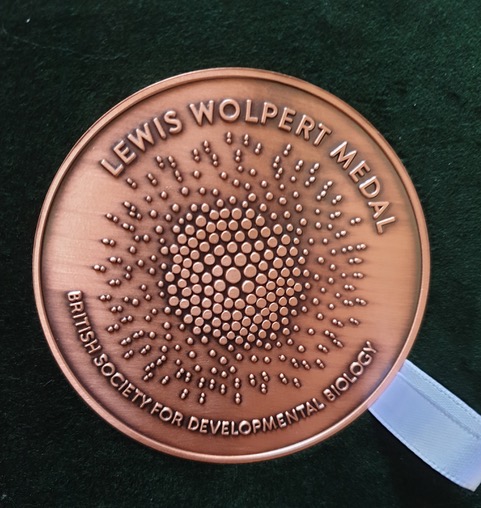
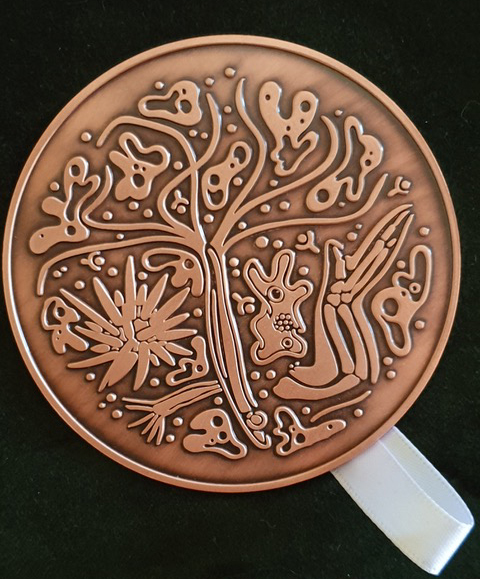 We are very happy to announce that the third winner of the BSDB Wolpert medal is Prof. Jonathan Slack from the University of Bath.
We are very happy to announce that the third winner of the BSDB Wolpert medal is Prof. Jonathan Slack from the University of Bath.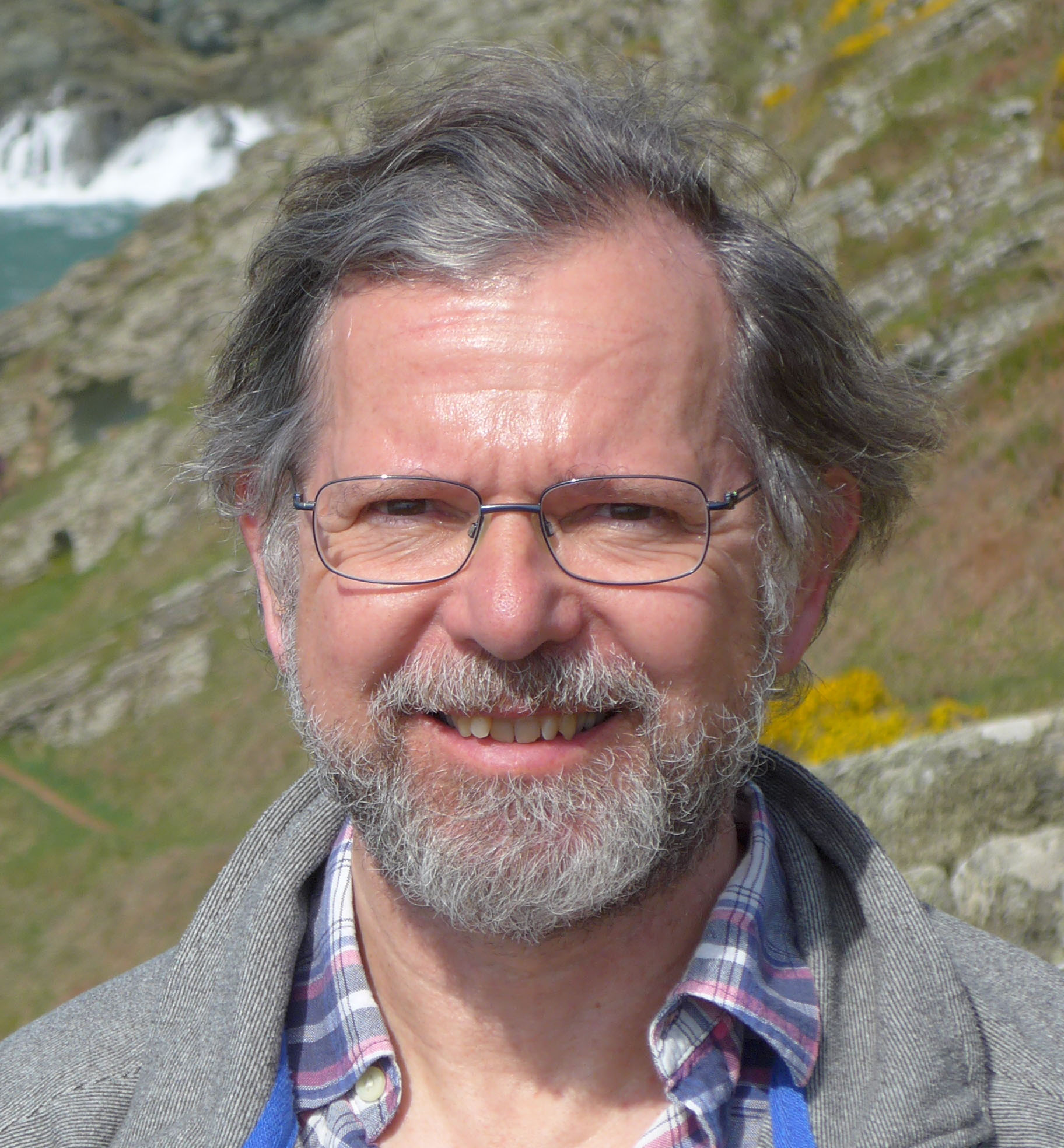

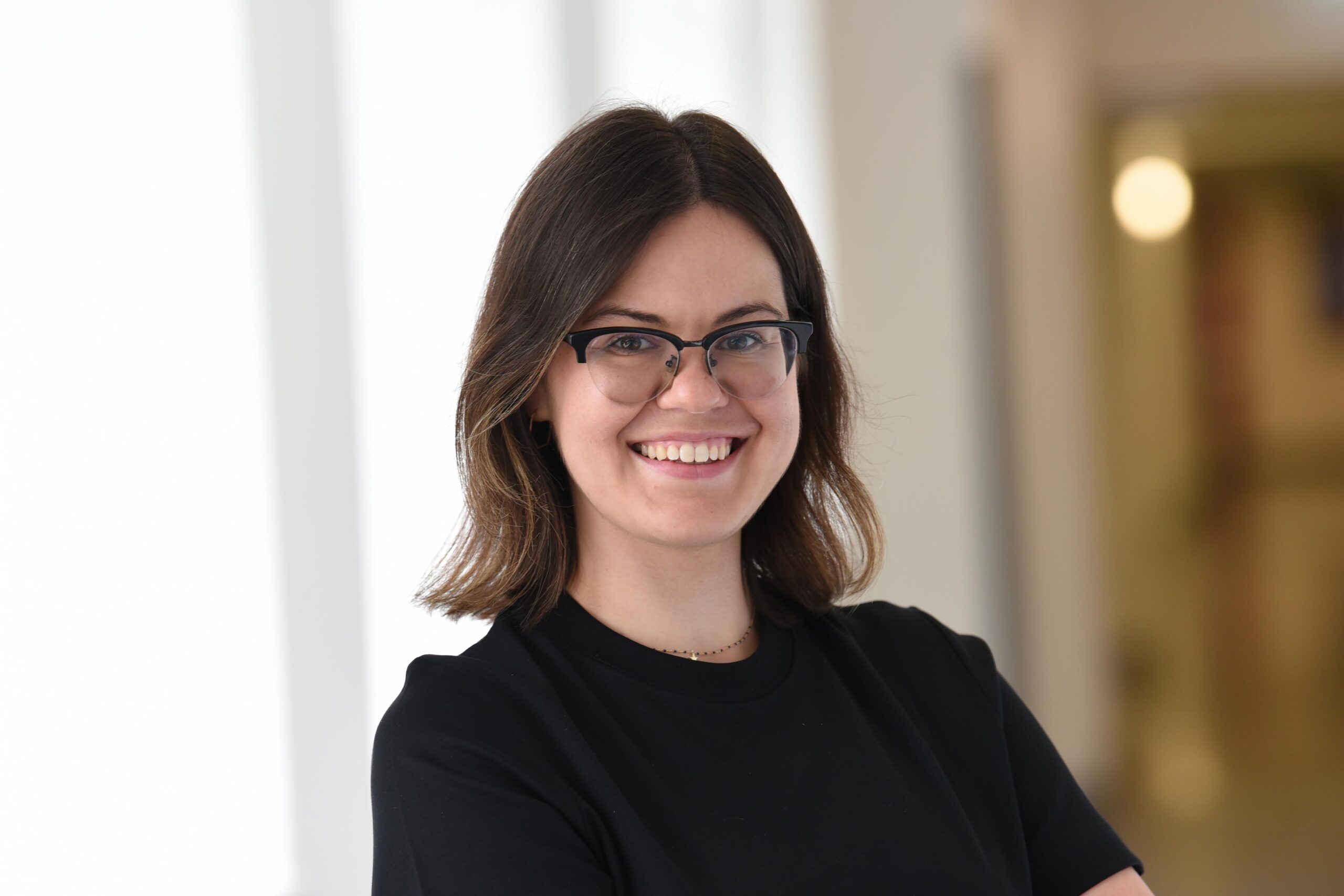 Rasa received an Integrated BSc and MSc degree in molecular and cell biology from the University of Glasgow. During this time, she actively sought research opportunities and received fellowships for diverse research projects, including working with model organisms to understand intestinal stem cell biology and pain pathways in the central nervous system. Rasa’s active and impactful contribution to diverse research projects, her scientific intuition and independence set her apart early on, and earned her a place in the highly competitive 4-year Wellcome Sanger PhD programme in 2017.
Rasa received an Integrated BSc and MSc degree in molecular and cell biology from the University of Glasgow. During this time, she actively sought research opportunities and received fellowships for diverse research projects, including working with model organisms to understand intestinal stem cell biology and pain pathways in the central nervous system. Rasa’s active and impactful contribution to diverse research projects, her scientific intuition and independence set her apart early on, and earned her a place in the highly competitive 4-year Wellcome Sanger PhD programme in 2017.
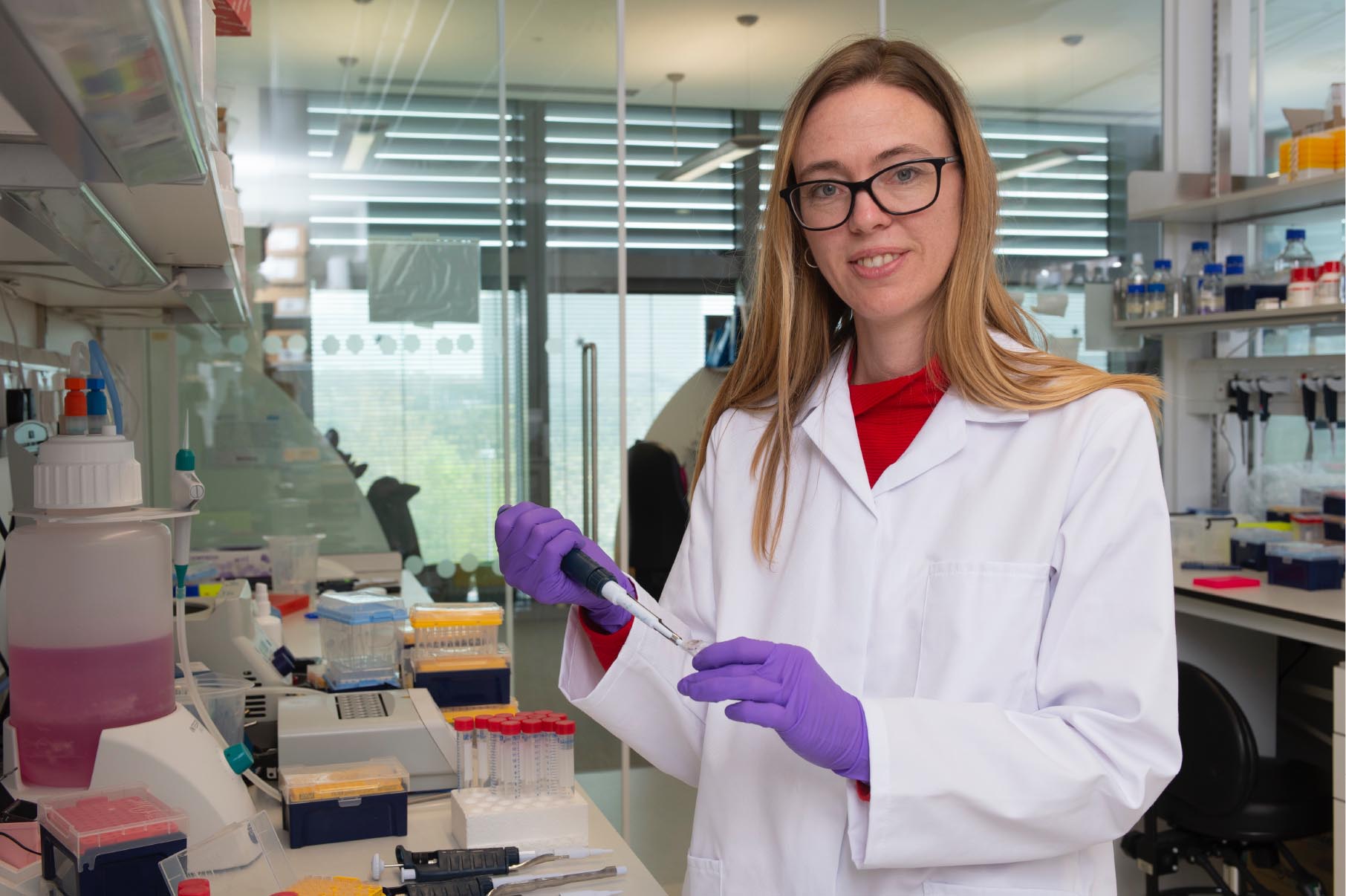 Madeline is a most worthy recipient of the Tickle Medal. Madeline started her independent laboratory in 2015 at the Medical Research Council Laboratory of Molecular Biology (University of Cambridge) following landmark and courageous work developing organoids for the most complex and inaccessible of organs – the human brain. To do so, Madeline, looked to Developmental Biology to rationally decide upon conditions that might guide cellular self-organisation into variations of this organ, or regions or aspects of it (e.g., mimicking different axial levels and stages, more recently capable of secreting cerebrospinal fluid). Although there is not an embryo in sight, Madeline’s work has provided unprecedented functional access to models and perturbations relevant to understanding human brain development. It has also allowed probing of likely mechanisms of brain evolution and indeed its marriage with development, in the field of “evo-devo”. Finally, it has allowed investigation of intersections between development and human disease. Under her guidance, iterations of healthy and disease modelling brain organoids are contributing a wealth of what we could call equally “cellular synthetic biology” or “engineered developmental biology”. We are learning what it takes – at the molecular, cell biological, and supra-cellular levels – to coax cells into building particular fate and morphological ensembles that recapitulate important aspects of brain development.
Madeline is a most worthy recipient of the Tickle Medal. Madeline started her independent laboratory in 2015 at the Medical Research Council Laboratory of Molecular Biology (University of Cambridge) following landmark and courageous work developing organoids for the most complex and inaccessible of organs – the human brain. To do so, Madeline, looked to Developmental Biology to rationally decide upon conditions that might guide cellular self-organisation into variations of this organ, or regions or aspects of it (e.g., mimicking different axial levels and stages, more recently capable of secreting cerebrospinal fluid). Although there is not an embryo in sight, Madeline’s work has provided unprecedented functional access to models and perturbations relevant to understanding human brain development. It has also allowed probing of likely mechanisms of brain evolution and indeed its marriage with development, in the field of “evo-devo”. Finally, it has allowed investigation of intersections between development and human disease. Under her guidance, iterations of healthy and disease modelling brain organoids are contributing a wealth of what we could call equally “cellular synthetic biology” or “engineered developmental biology”. We are learning what it takes – at the molecular, cell biological, and supra-cellular levels – to coax cells into building particular fate and morphological ensembles that recapitulate important aspects of brain development.